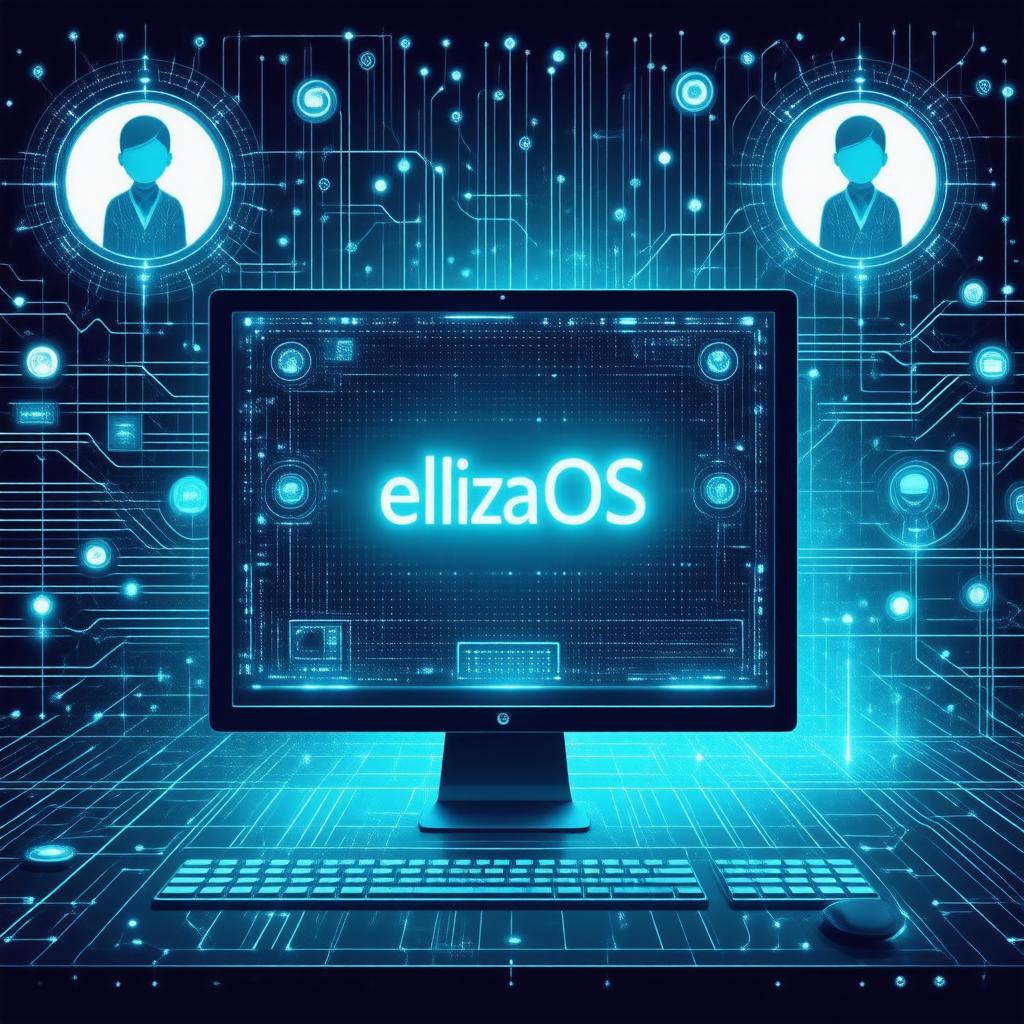ElizaOS represents a groundbreaking development in the world of artificial intelligence – it’s the first operating system specifically designed for AI agents to interact with computers just like humans do. Think of it as a bridge between AI and computer systems, allowing AI to use computers naturally rather than through complex coding.
Understanding ElizaOS: The Basics
At its core, ElizaOS creates a standardized environment where AI agents can perform tasks on computers using the same interfaces humans use. Instead of requiring specialized programming for each task, AI agents can navigate applications, manage files, and interact with software just as we do with our regular computers.
Key Features and Capabilities
• Visual Interface Navigation: AI agents can understand and interact with graphical user interfaces
• System Resource Management: Efficient handling of computer resources like memory and processing power
• Multi-Agent Support: Multiple AI agents can work simultaneously on different tasks
• Security Controls: Built-in safeguards to ensure AI operates within defined boundaries
• Human-AI Collaboration Tools: Features that enable smooth interaction between human users and AI agents
Real-World Applications
The practical applications of ElizaOS span across various industries and use cases:
Business Automation
Companies can deploy AI agents to handle routine tasks like:
• Data entry and processing
• Customer service interactions
• Report generation
• Email management
• Schedule coordination
Development and Testing
Software developers benefit from:
• Automated testing of applications
• Bug detection and reporting
• Code review assistance
• Performance monitoring
Why ElizaOS Matters
The significance of ElizaOS lies in its potential to revolutionize how we implement AI in everyday computing tasks. Traditional AI implementation requires custom integration for each application or system. ElizaOS eliminates this need by providing a universal platform where AI can operate naturally within any computer environment.
Technical Framework
ElizaOS operates on three main principles:
1. Universal Compatibility: Works with existing operating systems and applications
2. Standardized Interaction: Provides consistent methods for AI to interact with various software
3. Scalable Architecture: Adapts to different computing environments and workloads
Future Implications
As AI continues to evolve, ElizaOS positions itself as a crucial infrastructure component for the future of human-AI interaction. It opens doors for:
• More sophisticated automation systems
• Enhanced AI learning capabilities
• Improved human-AI collaboration
• Streamlined business processes
• Innovation in software development
Getting Started with ElizaOS
For organizations interested in implementing ElizaOS, the process typically involves:
1. Assessment of current systems and needs
2. Integration planning with existing infrastructure
3. Pilot testing with specific use cases
4. Gradual deployment across operations
5. Continuous monitoring and optimization
Considerations and Limitations
While ElizaOS represents a significant advancement, users should be aware of certain considerations:
• Hardware Requirements: Needs sufficient computing resources
• Learning Curve: Initial setup and configuration may require technical expertise
• Security Protocols: Important to implement proper security measures
• Cost Considerations: Investment in infrastructure and training may be necessary
ElizaOS marks a significant step forward in making AI more accessible and practical for everyday computing tasks. By providing a standardized environment for AI agents to interact with computer systems, it simplifies the implementation of AI solutions while opening new possibilities for automation and human-AI collaboration. As technology continues to evolve, ElizaOS stands to play an increasingly important role in shaping how we work with AI in the future.



